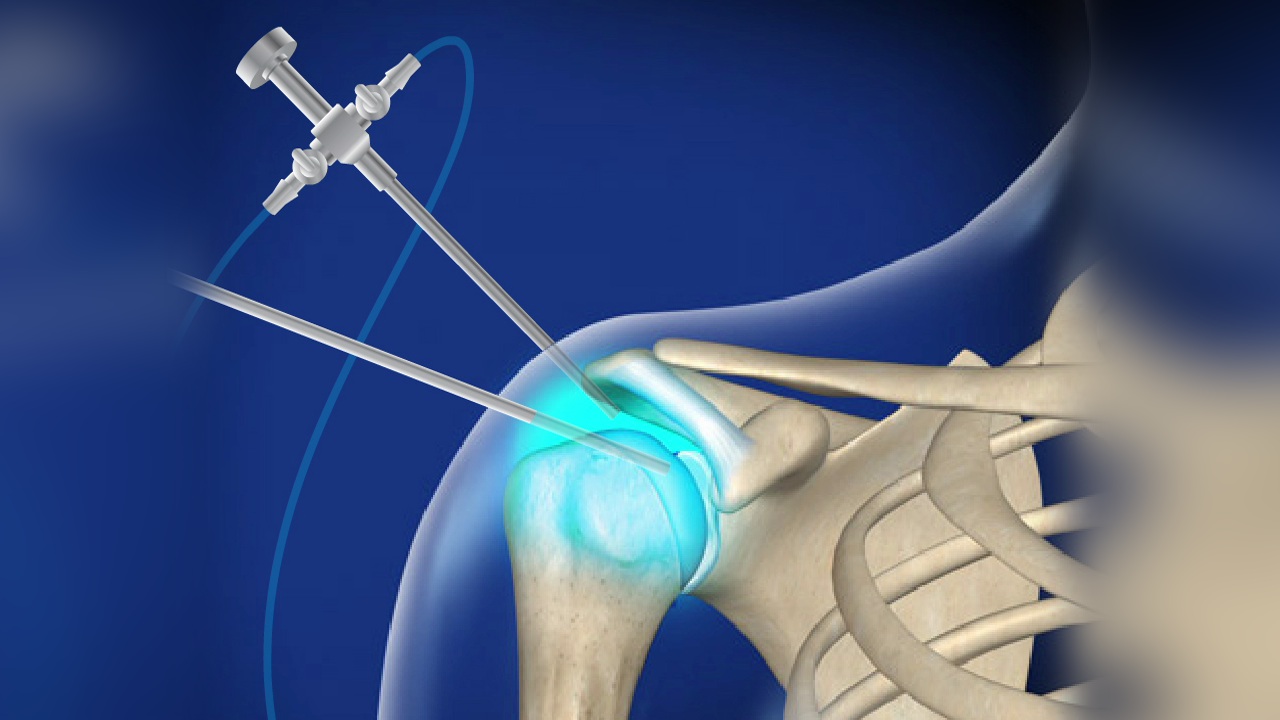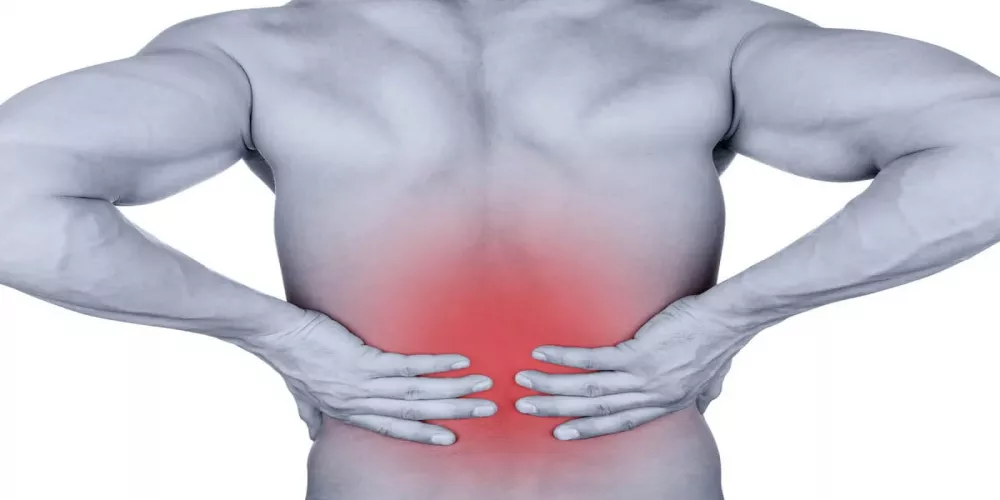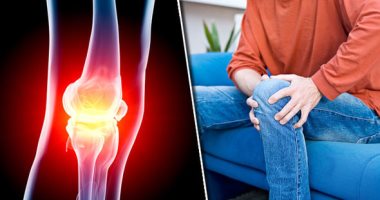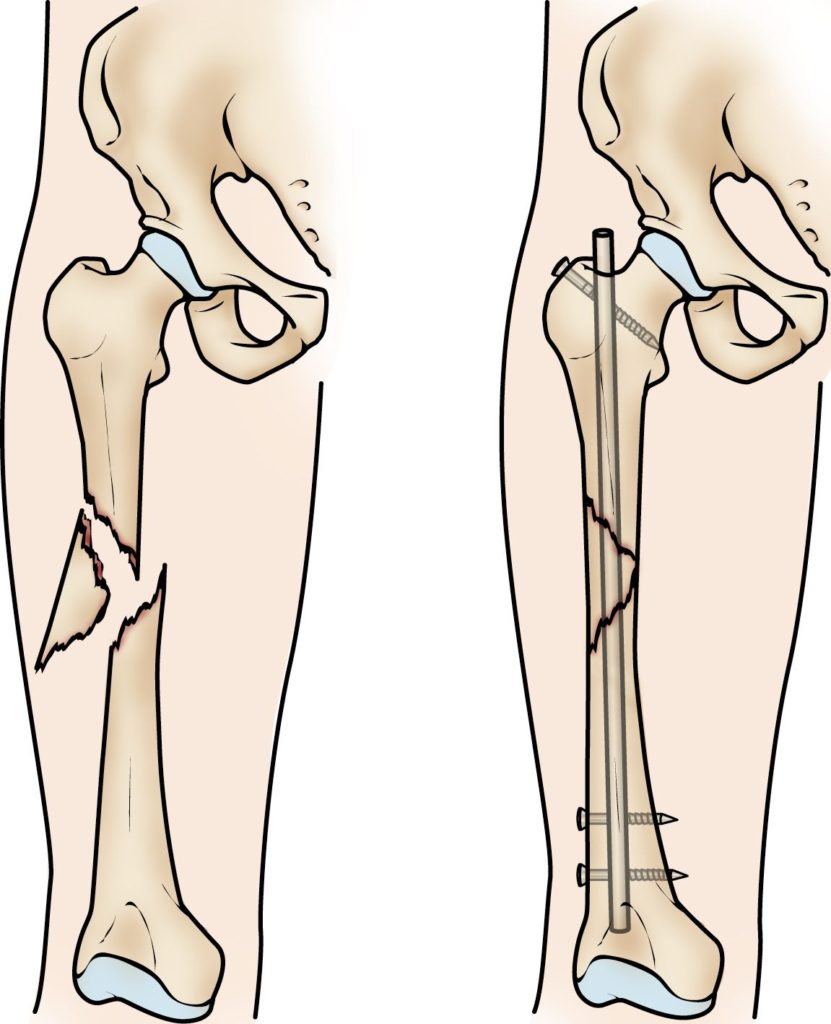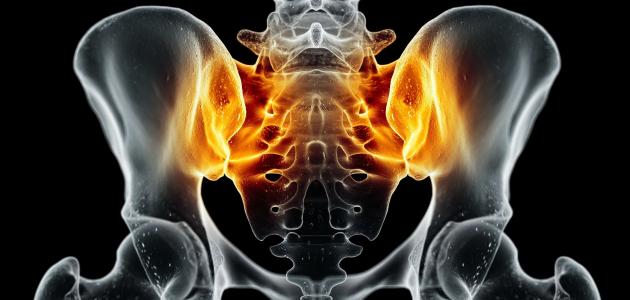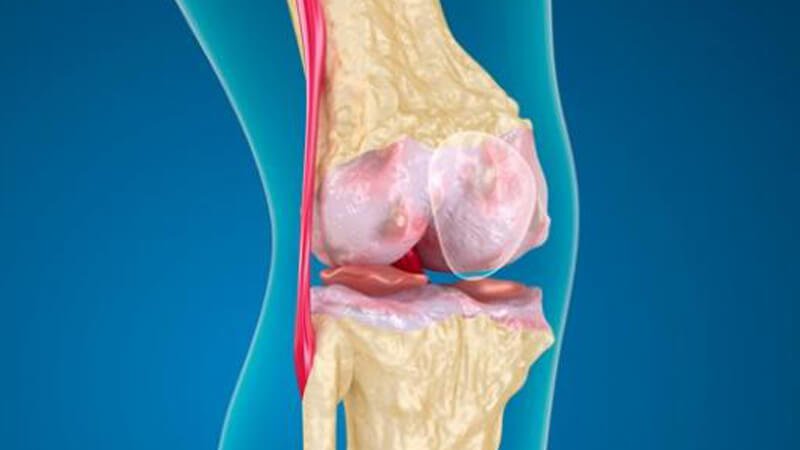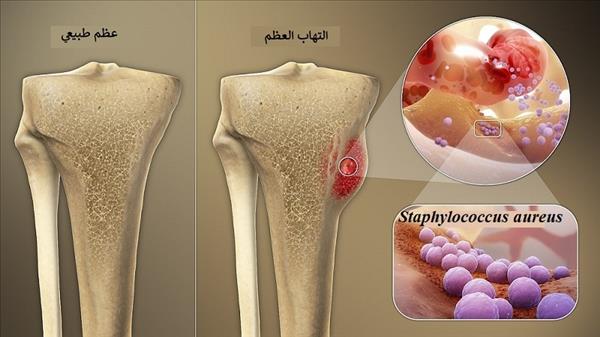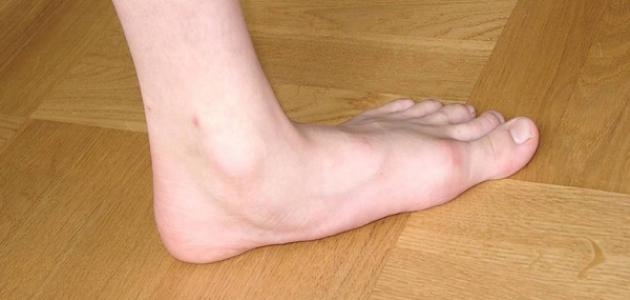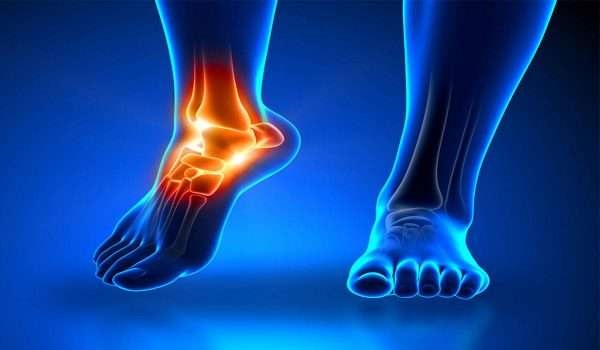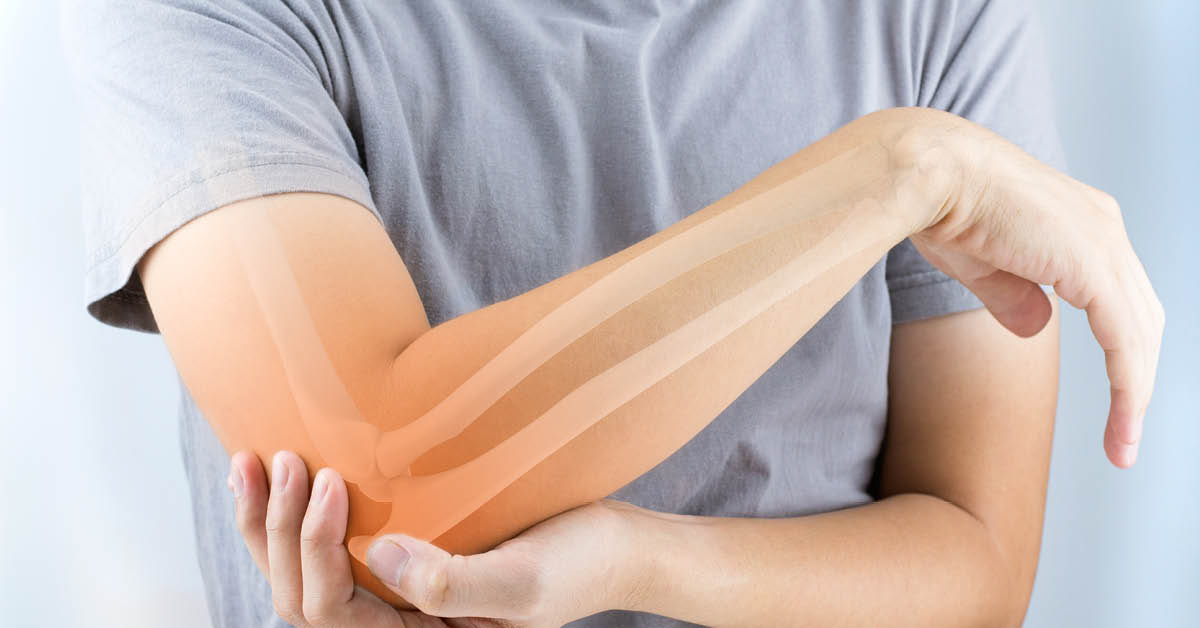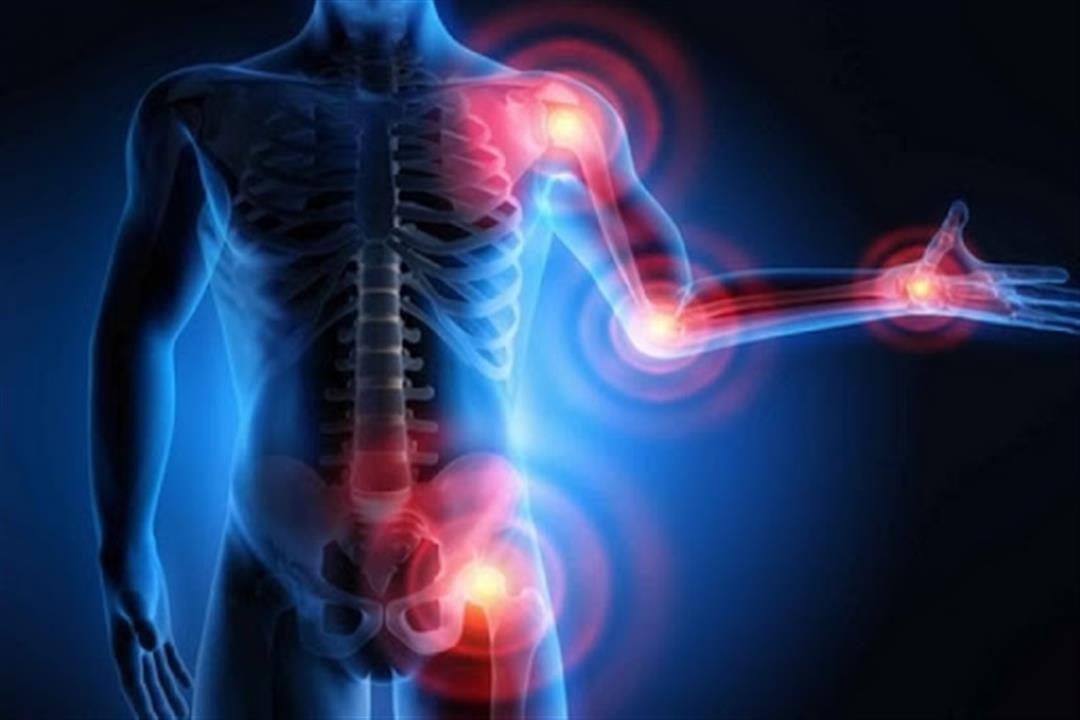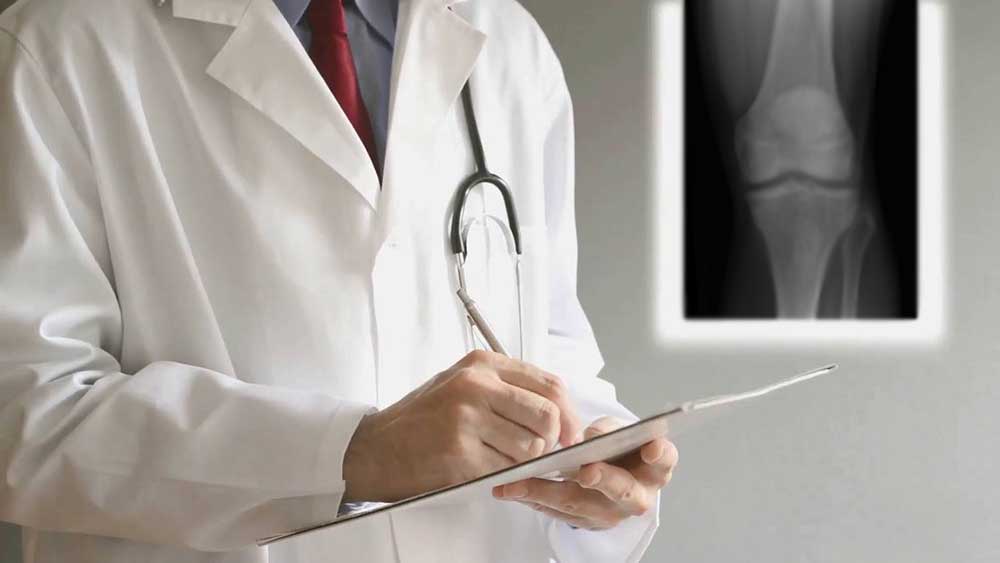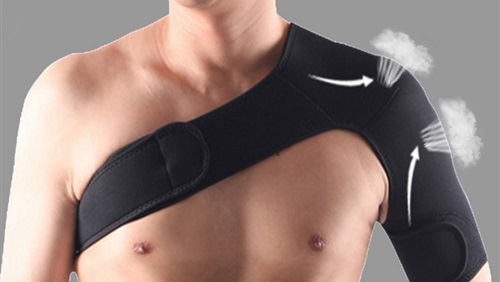Complications of shoulder arthroscopy
Shoulder arthroscopy has a lot of information that must be seen before surgery, and this is presented in the following article.
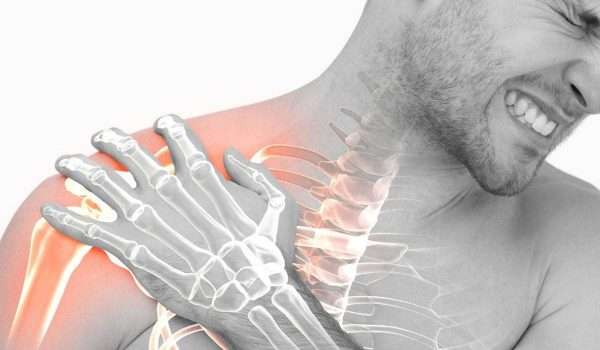
How is shoulder arthroscopy done?
There are many medical procedures that work to treat the shoulder joint in the event of dislocation or rupture of the tendons and other injuries that can occur to the person, especially the elderly and athletes, and doctors can use the endoscope in carrying out work related to the shoulder because it works on a limited intervention that reduces the chances of occurrence Complications in the joint.
The shoulder arthroscopic surgery works to treat the shoulder from the injury, and work can be done to determine the exact location of the injury in the joint to perform the surgery accurately. Mostly, arthroscopic shoulder surgery can be performed to treat more than one joint injury, and the patient’s improvement after that is better.
What are the steps of shoulder arthroscopy?
Shoulder arthroscopy is performed with small tools that fit the size of the small incisions that the surgeon will make in the shoulder. Before the operation is performed, the doctor begins to prepare the patient by giving him antibiotics that work to reduce infection and work to improve the condition of the patient. The doctor recognizes other medicines you are taking so that there is no interaction with them.
Upon arrival at the hospital before the operation, the anesthesiologist works to determine the appropriate type of anesthesia for the patient, especially if he suffers from chronic disease, and the surgery can take some time, so doctors use a general nerve anesthetic in order to reduce the patient’s feeling of inconvenience, and this follows the steps of the operation, which are:
- The surgeon begins by making three to four holes in the shoulder joint in order for the endoscope and the operation tools to be inserted through them.
- The surgeon begins to inject a sterile solution that improves the condition of the patient in order to perform the surgery more accurately.
- An endoscope is inserted, which is a tubular instrument with a camera at the end to visualize the joint from the inside, and light to clarify the vision.
- Then the doctor begins to insert small surgical tools and complete the operation without the need for an incision or a deep wound in the skin.
- The doctor takes out the tools, drains the fluid from the shoulder, disinfects the wound, and puts on medical bandages that prevent infection and help improve the condition of the wound.
Post shoulder arthroscopy
After the surgery, the patient is removed from the operating room to the recovery room in order to conduct the necessary examinations for him and to clarify some instructions that will be relied upon in the period after the shoulder arthroscopy. The steps followed can be as follows:
- Doing medical follow-ups after the operation allows the patient to get more rest and a faster recovery.
- Take painkillers and anti-swellers in the first weeks after surgery.
- Ensure that the dressings are clean so that the wound does not get contaminated or infected.
- Starting physiotherapy after the wound has healed, and work is done in gradual sessions so that the person does not suffer from complications.
- Avoid full stress on the joint during the first weeks and until full recovery.
Shoulder pain after arthroscopy
The pain that accompanies surgeries is normal. It usually occurs after the operation and begins to fade after the treatment that the patient receives and the physical therapy that he performs. The pain begins to improve after a period of the operation and goes away completely with the completion of recovery.
Post-operative shoulder arthroscopy exercises?
Doing exercises and physical therapy after surgery can positively affect the condition of the patient and give greater ability to use the joint again and recover until the patient reaches his normal activity again.
Walking is one of the first sports that should be taken care of because it deprives more than one joint in the body without causing pain or pain in it or increasing the load on the shoulder joint, and thus the pain of the injured person decreases and he begins to recover and reach a state of rest and he can gradually regain his activity.
Complications of shoulder arthroscopy
The damages of shoulder arthroscopy are not many and are rare because arthroscopy is considered one of the safest drugs in performing operations, and some signs of swelling or difficulty in moving the shoulder in the form of stiffness in the joint may appear, and this lasts for several days up to a week, then the patient begins to feel better.

